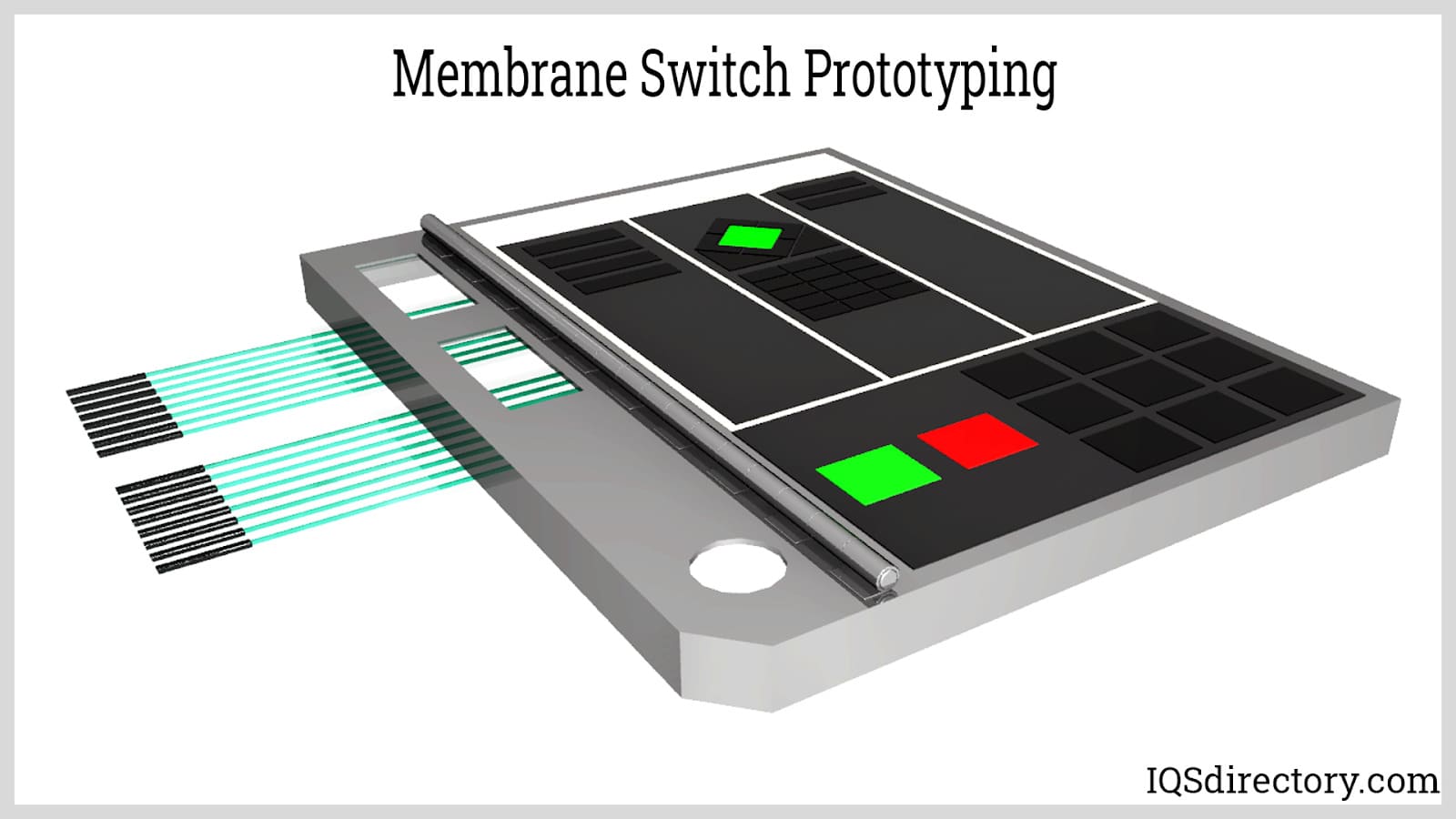Secret Benefits of Using a Membrane Switch in Industrial Applications
Secret Benefits of Using a Membrane Switch in Industrial Applications
Blog Article
Understanding the Functionality of Membrane Switches for Customer Interface Gadget
The capability of membrane switches over stands for a considerable improvement in user interface layout, integrating effectiveness with visual convenience. As industries progressively prioritize individual experience, recognizing the subtleties of membrane button modern technology comes to be necessary.
What Are Membrane Buttons?
Membrane buttons are innovative user interface gadgets that promote user interaction with electronic equipment. These functional components contain multiple layers, including a graphic overlay, spacer, and a printed circuit layer. The design allows for a smooth integration into various electronic devices, enhancing both the visual and useful aspects of user interfaces.
Membrane buttons are commonly used in a large range of applications, from home devices to commercial equipment and clinical devices. Their construction normally includes a slim account, making them an ideal selection for portable layouts. The responsive responses supplied by these switches can be engineered to meet details customer preferences, making sure efficient communication in between the individual and the device.
Sturdiness is another significant advantage of membrane layer switches, as they are resistant to dust, dampness, and chemicals, which enhances their life-span in requiring atmospheres. Additionally, these buttons can be personalized in terms of form, dimension, and graphic layout, enabling for branding and user-specific features. On the whole, membrane layer switches stand for a functional service for boosting individual experience in digital gadgets, combining performance with visual charm in an efficient fashion.
How Membrane Layer Switches Job
Operating on a simple principle, membrane switches over make use of a layered building and construction to register customer input successfully. Each switch contains multiple layers, including a published circuit layer, a spacer layer, and a top graphic layer, which are made to work with each other seamlessly. When an individual presses the leading layer, it compresses the spacer layer, bringing the conductive aspects of the circuit layer right into call with each other.
This call creates a closed circuit, indicating the tool to perform a details function. The style enables various setups, consisting of responsive feedback, which can improve the individual experience by giving a physical sensation upon activation. The materials utilized in membrane layer buttons commonly consist of adaptable substrates, such as polyester or polycarbonate, which make sure durability and resilience against deterioration.

Secret Advantages of Membrane Switches

An additional considerable advantage is their density. Membrane buttons are slim and lightweight, which makes it possible for makers to save room in their devices without sacrificing performance. This feature is specifically helpful in applications where weight and volume are critical factors to consider.
Additionally, membrane layer switches are immune to dust, wetness, and chemicals, enhancing their durability. This durability extends their life expectancy and reduces the requirement for here are the findings frequent replacements, causing expense financial savings in time.
In addition, the responsive feedback provided by membrane layer switches can be enhanced to boost user communication. They can include functions such as raised buttons or distinct clicks, improving usability and individual experience.
Applications Throughout Industries
Individual user interface devices using membrane layer buttons are common in a large array of markets, showcasing their adaptability and performance. Membrane Switch. In the clinical sector, membrane switches are important to tools such as diagnostic devices and client tracking systems, where their durability and simplicity of cleaning are vital for keeping health standards. In the auto sector, these buttons are employed in control panel controls and infomercial systems, giving a sleek and contemporary interface for users.
Furthermore, the consumer electronics sector gain from membrane switches in home appliances and handheld gadgets, where compact design and user-friendly interfaces boost customer experience. Industrial applications additionally utilize membrane layer changes for control panels in machinery and automation systems, stressing their effectiveness and resistance to rough atmospheres.
In the aerospace and protection markets, membrane buttons are made use of in cabin controls and equipment, where reliability and efficiency under extreme problems are extremely important. In addition, the video gaming market increasingly includes membrane layer switches in controllers and game makers, adding to an appealing individual experience. In general, the adaptability of membrane switches allows their extensive use throughout many industries, emphasizing their relevance in modern customer interface layout.
Future Trends in Membrane Layer Switch Technology

Furthermore, making use of sophisticated products, such as polycarbonate and polyester movies, is anticipated to rise, offering improved durability and resistance to environmental stress factors. These products contribute to the general durability of membrane layer buttons, making them ideal for harsher commercial applications.
Moreover, the consolidation of wise modern technology, including IoT connectivity, will enable membrane switches to communicate with other devices and systems, helping with a much more interactive individual experience. This pattern straightens with the expanding need for wise gadgets across various industries, from health care to consumer electronics.
Lastly, customization options are anticipated to increase, enabling makers to produce bespoke options tailored to particular user needs and choices. These growths will position membrane switches as important elements in the evolution of interface technology.
Verdict
In verdict, membrane changes stand for a critical innovation in user interface modern technology, supplying a reliable and flexible solution for diverse digital applications. As innovations in material scientific research and touch picking up technologies proceed, the functionality and applicability of membrane switches are anticipated to increase, reinforcing their relevance in modern-day electronic gadgets.
Report this page